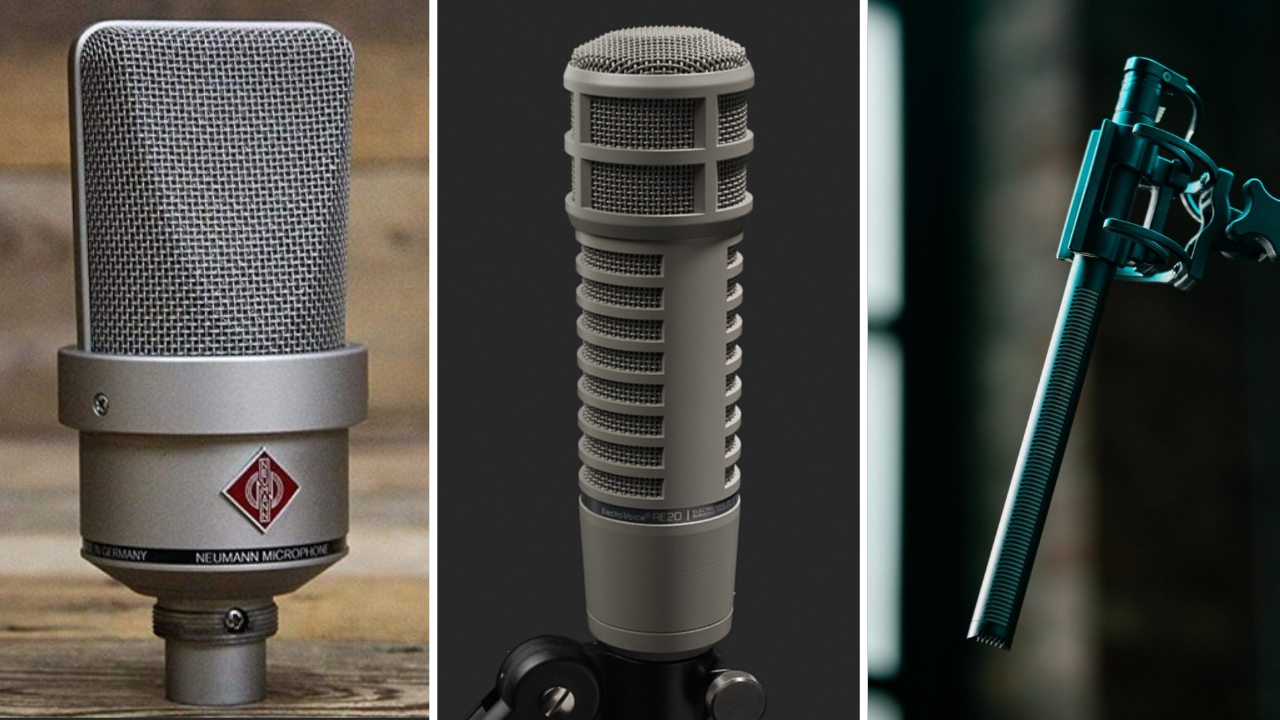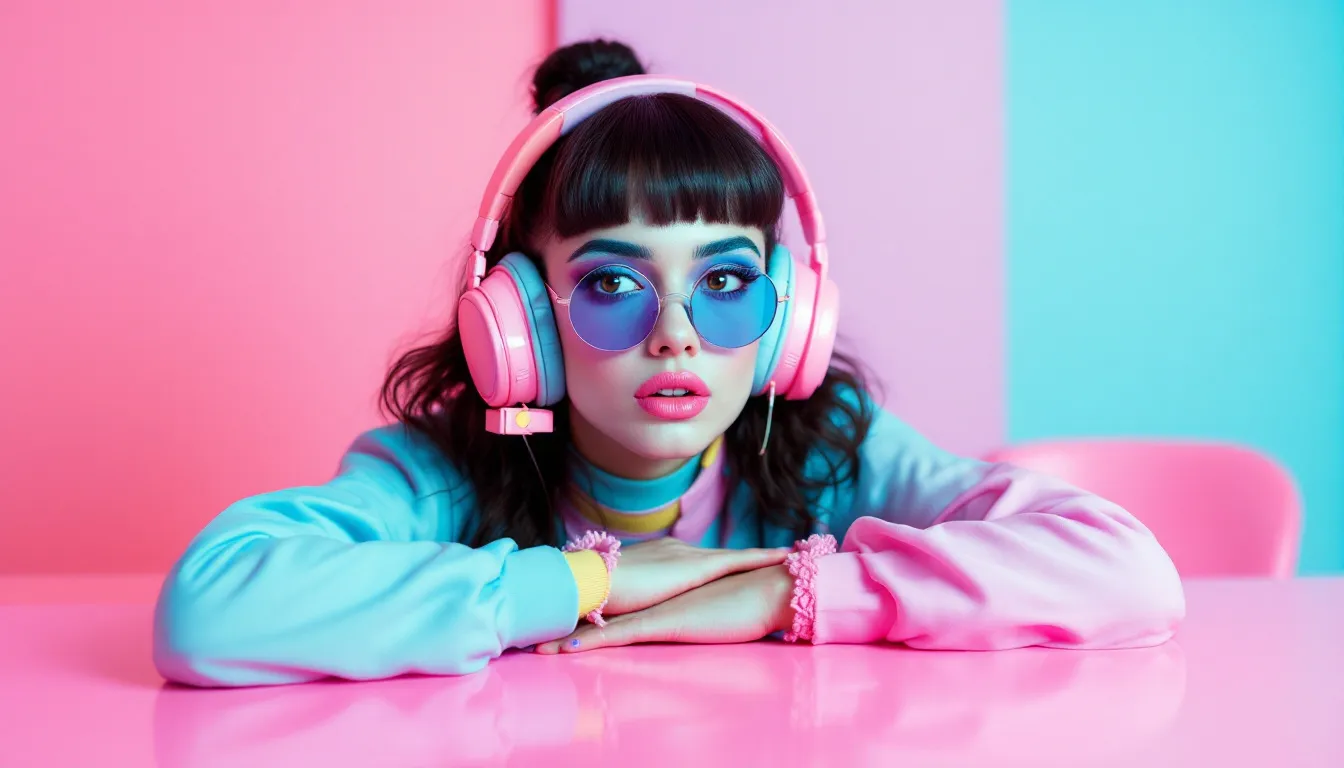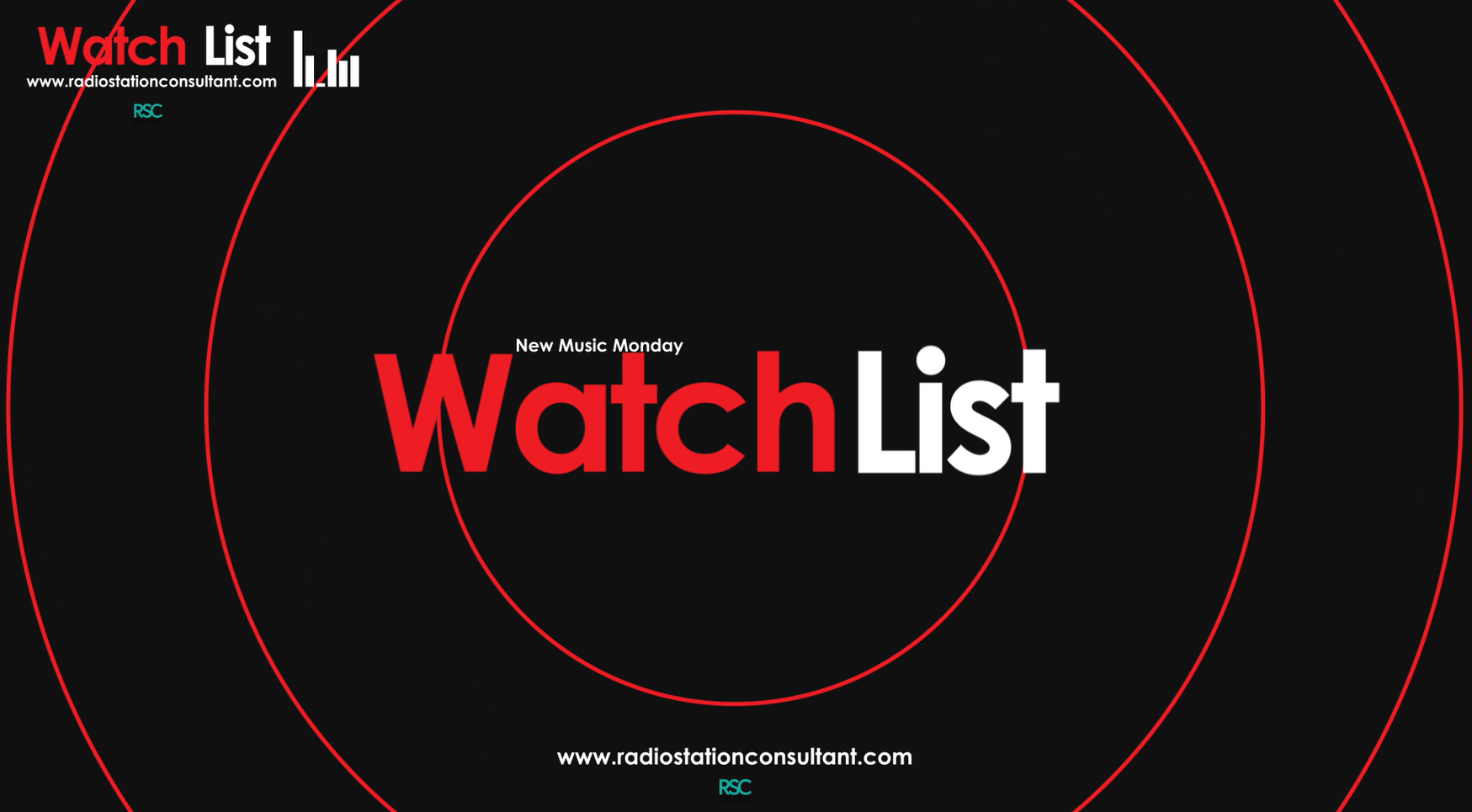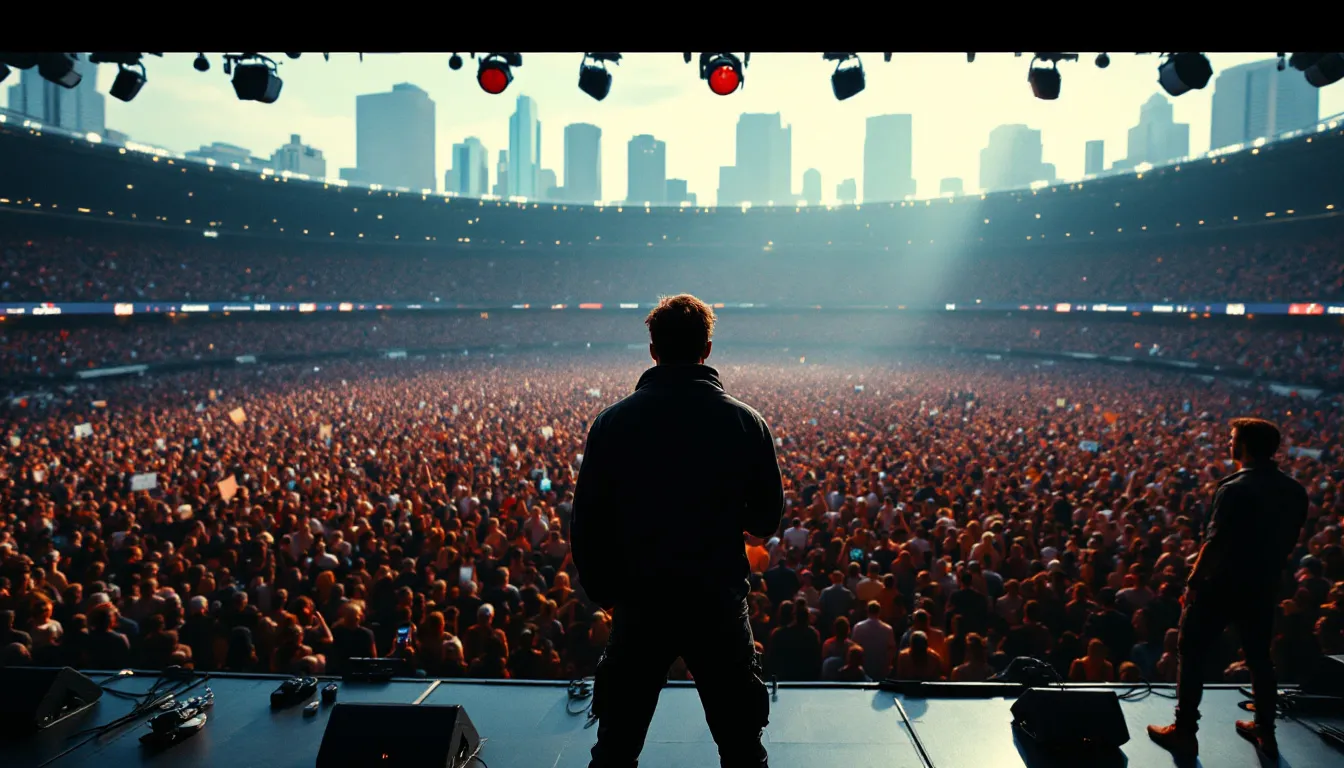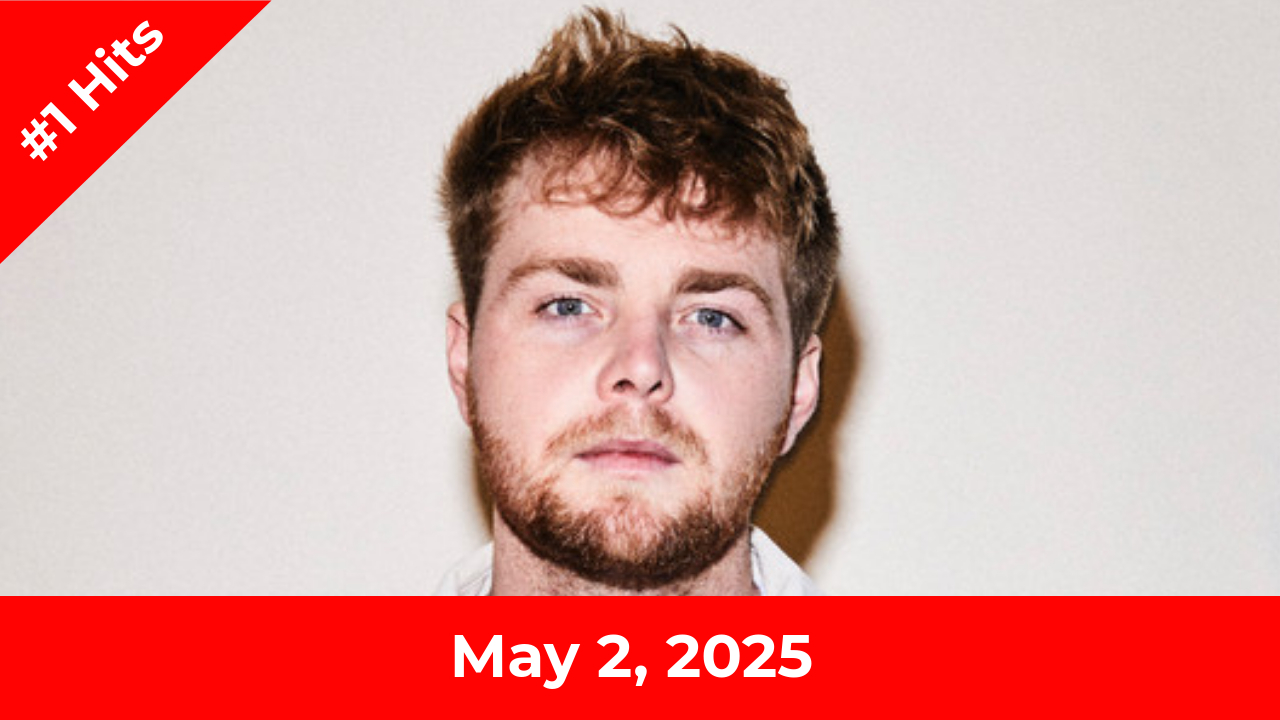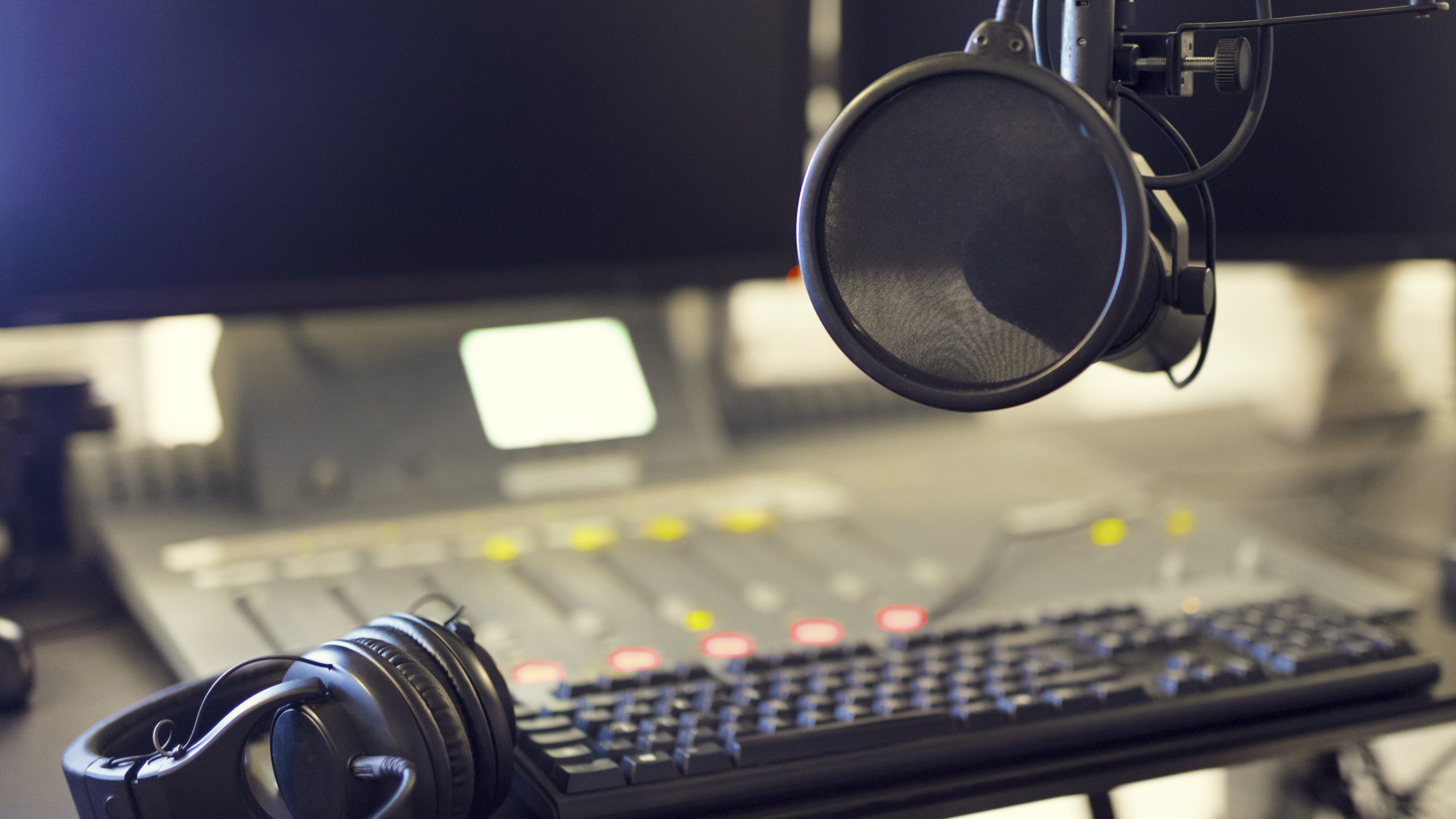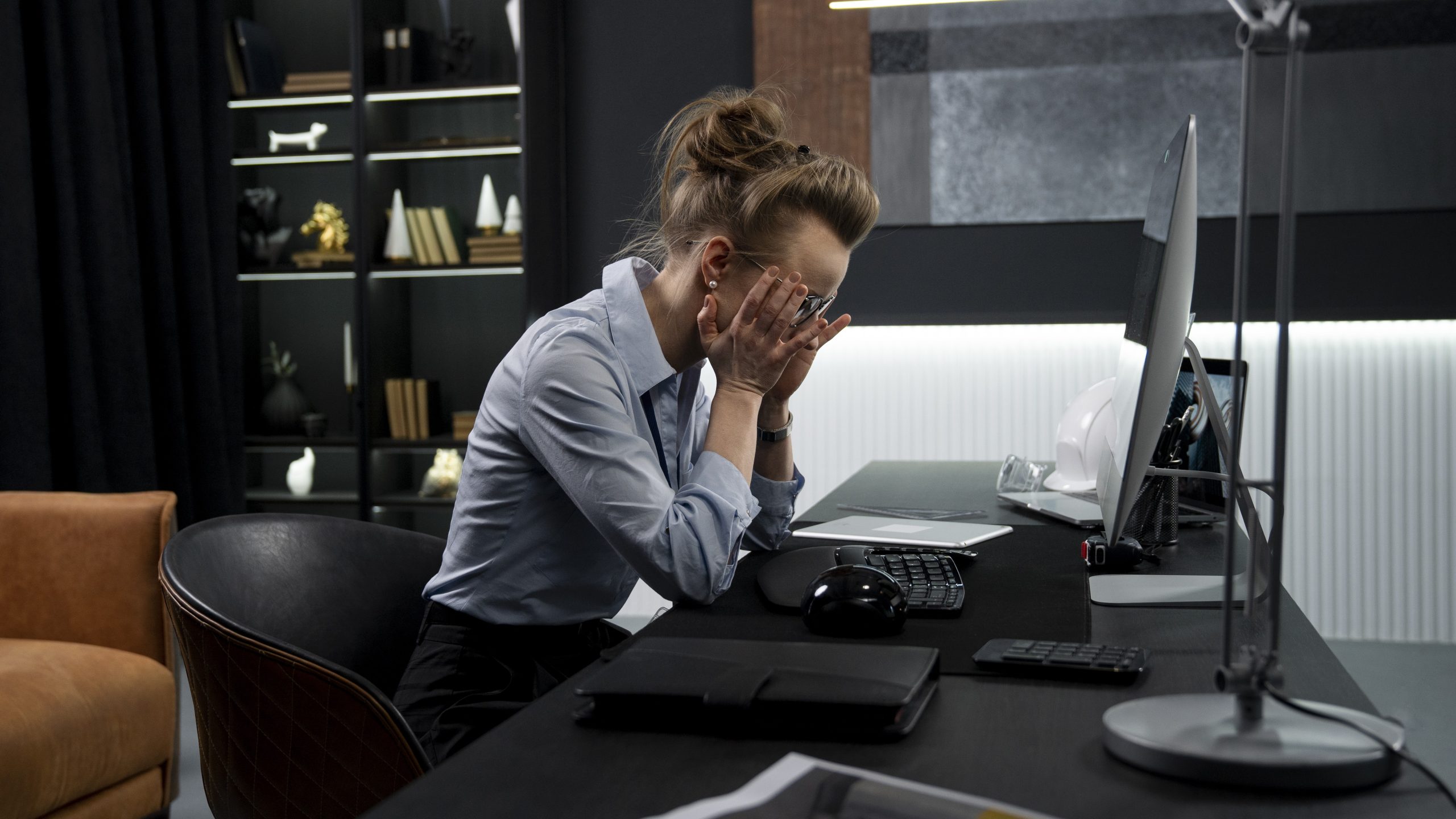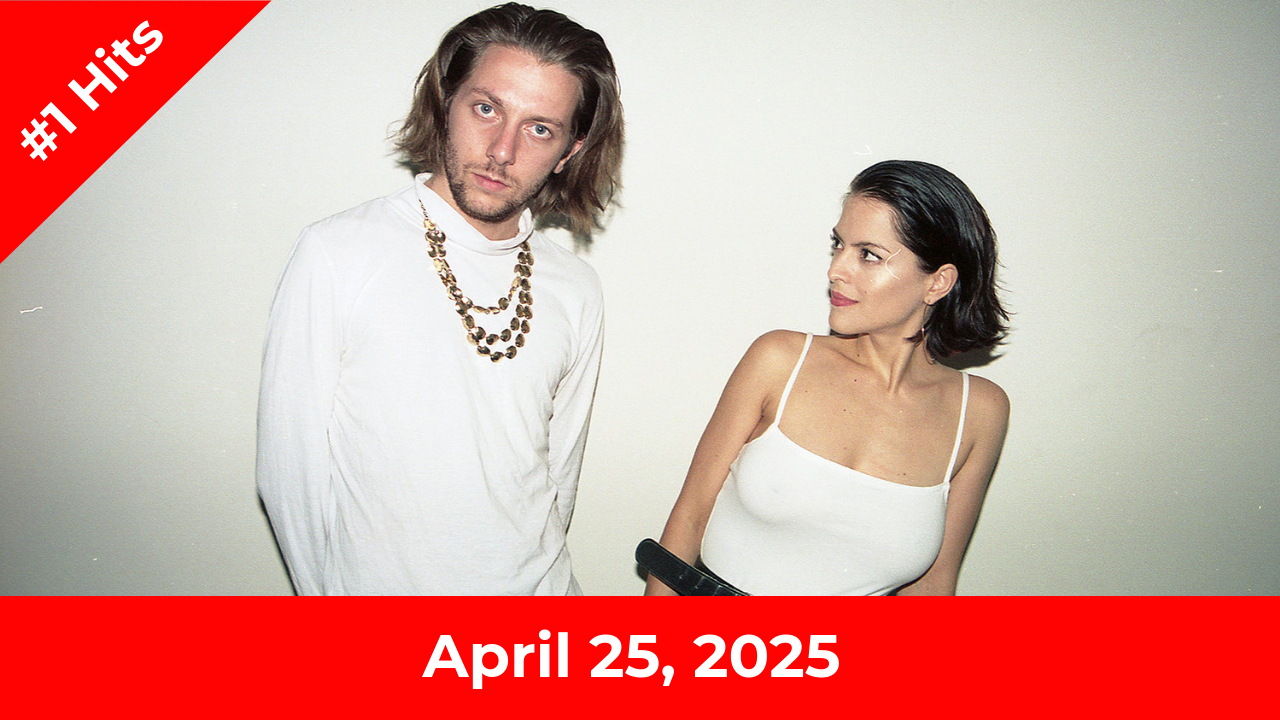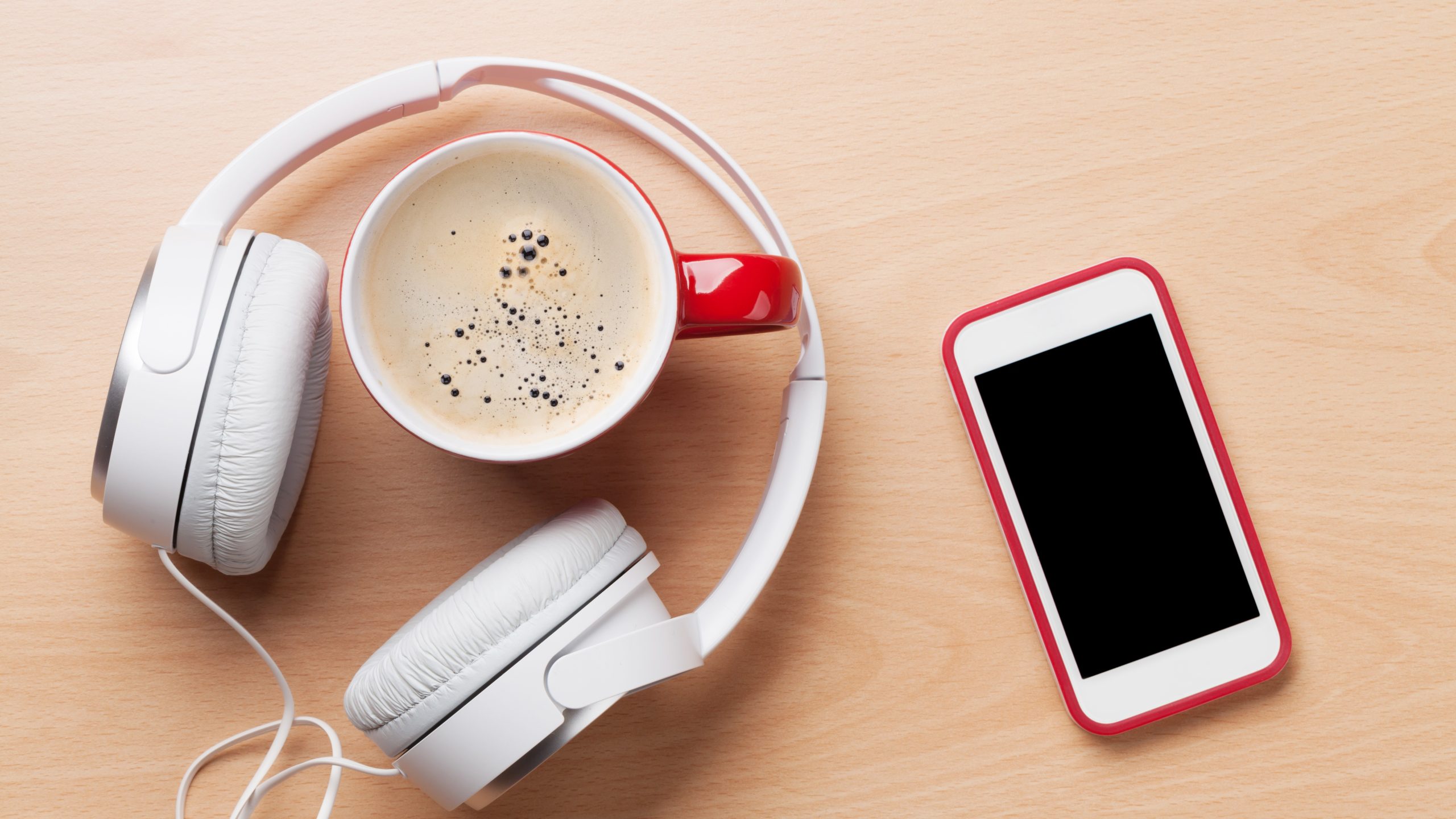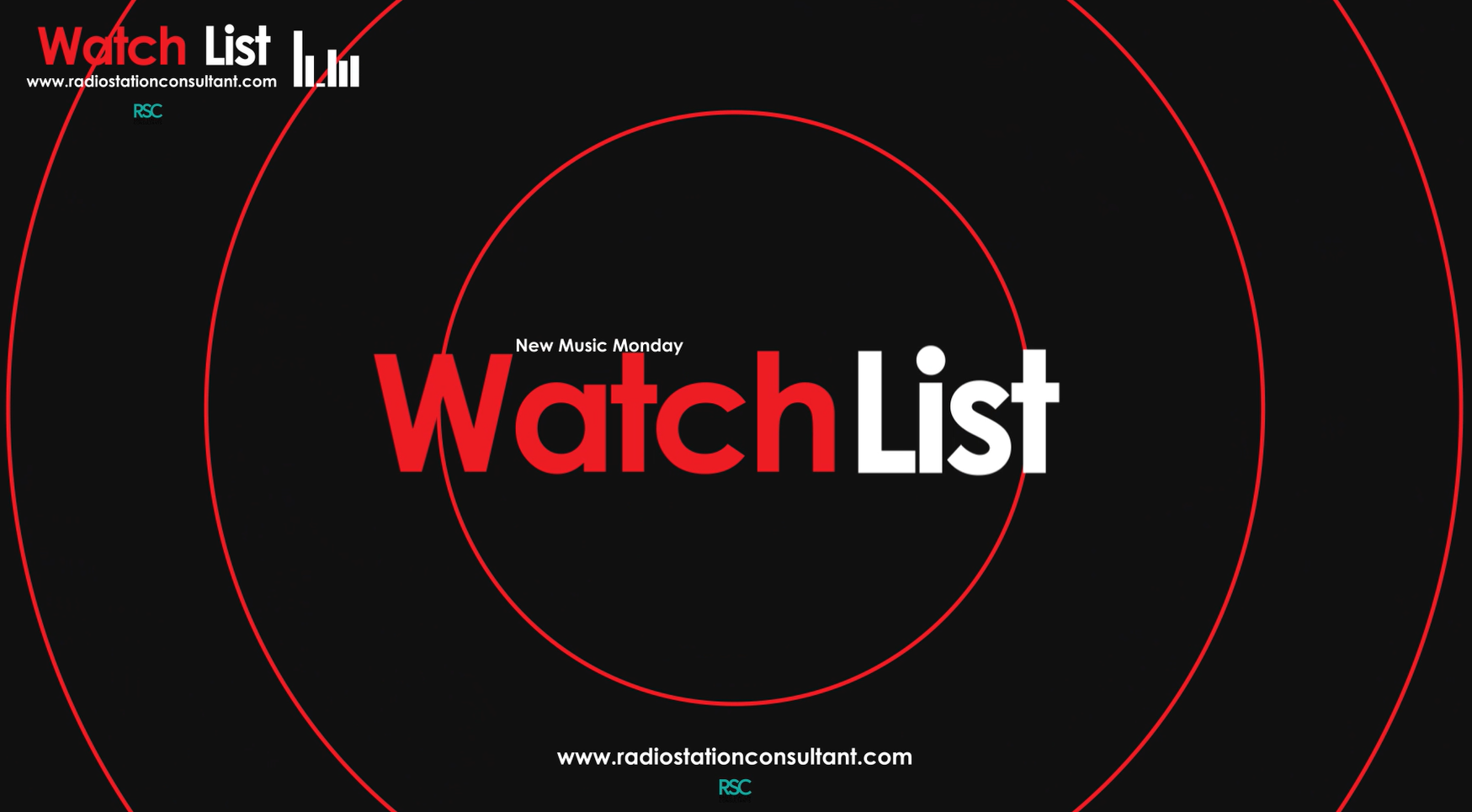Probably the most common question heard from aspiring voiceover artists is:
What is the best mic for voiceovers?
This is a more complicated question than some may think. There are a number of quality choices in various price ranges that would make a fine addition to most studios, each with its own strengths and weaknesses.
But before we even consider specific mics there are other more important questions that need to be addressed. First, the acoustical properties of the space in which it will be used. Is the proposed studio space a booth, a well-treated small room, a less well treated larger room?
A great mic in the wrong space can result in a terrible recording. For example, if the recording environment is such that it cannot be adequately treated then a large condenser microphone will not be the best choice despite being widely regarded as the “best category” for voiceover work. Instead, a shotgun mic (like the Sennheiser 416) might be the best option. They have a very specific target and do well at rejecting background noise and taming room noise (the reflections and echo heard in a less treated space).
On the other end of the spectrum, if recording will take place in a booth a LDC may be more appropriate. The U87, widely regarded as the VO and vocals mic picks up every nuance of sound within its response frequency and in a less than pristine recording surrounding that unwanted nuances will flood the recording with undesirable background noise and room sound. The vocals for many large budget albums are recorded on the U87, but you would never find one on stage because of their characteristics. It has to be in the right space to perform.
Dynamic mics such as the RE20, RE27 and SMb4 frequently used in broadcast studios have some of the same characteristics of the LDC mics but tend to have a hypercardioid pattern which picks up more from the front and less from the rear. They also can help hide room noise, but may do so at the expense of losing some of the finer detail or richness captured by an LCD mic. In a broadcast setting where the audio goes through multiple levels of processing and heavy compression that loss is likely imperceptible, but in a studio setting where the goal is the cleanest possible raw audio the loss can become more apparent. This is not to say dynamics can’t be successfully used in voiceover work, but there may be more fine tuning via tools such as EQ needed on the final audio to bring it in line with the richness and detail more likely to be captured at the source by an LCD mic.
The second variable that must be considered is the characteristics of the primary voice that will be recorded. Some mics will do better with a big, booming bass sound while others will shine in being able to deliver the higher frequency nuance of a less full vocal sound. This is where the mics frequency response pattern comes into play. Mics are designed with a sound pattern hard wired into the mic. It can be altered in post-production to some extent, but the best practice is to always get as much as possible at the source. In post-production less is more in the world of VO.
That said, some of the mics seen commonly in home and commercial VO studios include
Large Condenser: Neumann TLM 103 – $1,150 (and 102 – $750 to a lesser extent), the Rode NT1/2A $250, Neumann U87 $3500, Audio-Technica AT2020 $100, Shure KSM32 $650/44A $1000
Dynamic: Electro-voice RE20/27 $450, Shure SM7B $500, Rode Podcaster $189, Audio-Technic AT2040 $100
Shotgun: Sennheiser 416 $1000, Audio-Technica AT875R $170/AT897 $250, Rode NTG3 $700
For my voice and space the Sennheiser 416 is my goto mic, although I also own and occasionally use the Shure KSM44A.
Prices based on a survey of online retail pricing 03/10/25.
Mike Norgaard is a full-time voiceover talent with a commercial grade home studio voicing commercials, e-learning, explainer videos, audio books and more. You can find him online at www.VoiceoeverMike.com


